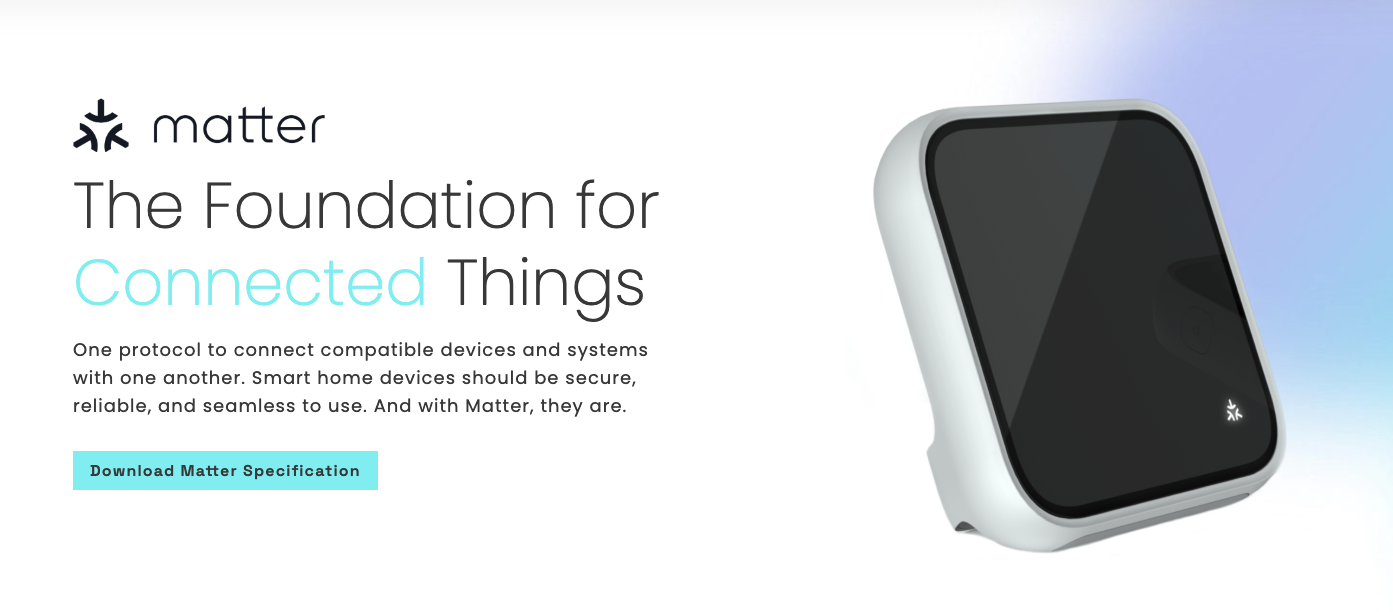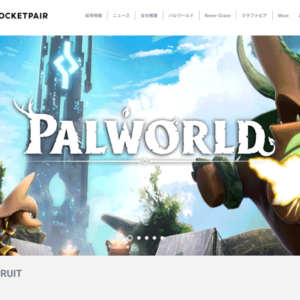What is Matter? What can it do? Which smart home apps support it?
【この記事にはPRを含む場合があります】

In recent years, more and more people have wanted smart homes, and more and more people have heard of the common smart home standard “Matter”.
Many people who have been researching how to make their home a smart home may have come across the word “Matter” and wondered, “What is it?”
“Matter” was released on October 4, 2022. It underwent two major version upgrades in 2024, making it more convenient.
In this article, we will explain what the common smart home standard “Matter” is, what changes when you introduce it, and important points to consider when using it.

- What is Matter for smart homes?
- What are the benefits of implementing Matter and what will change?
- Benefit 1: Easier connection with smart home devices.
- Benefit 2: Local operation is possible
- Benefit 3: Improved security measures.
- Points to Note When Introducing Matter
- Matter is continuously being enhanced.
- Enjoy the evolution of smart homes and smart appliances!
What is Matter for smart homes?

(Source: matter)
“Matter” is a “universal standard” that makes smart home devices work better together.
The CSA (Connectivity Standards Alliance) created it to combine the different rules and settings for smart home (IoT) products. This lets them work together easily.
Platforms for smart homes include Amazon’s “Alexa” and Google’s “Google Home,” but it was difficult to connect devices across different platforms until now.
For example, “smart home devices that work with Alexa might not work with Google Home.” This means that even if users found a smart home appliance they liked for its design or features, they often had to choose another device due to compatibility issues.
However, with Matter becoming the “universal standard,” it’s now possible to use smart home devices from different manufacturers, making smart homes much more convenient.
Major companies like Google, Apple, Amazon, and Samsung are working on Matter, which will let you control devices from different manufacturers with one interface.

Supplement: What is a smart home?
A smart home is a residence that uses IoT (Internet of Things) technology to connect home appliances and equipment to a network so they can be controlled automatically.
You can connect with “smart speakers” or “smartphones” to control lighting, air conditioners, door locks, cameras, and more from a distance.
For example, you can turn on the air conditioner from outside the home or adjust lighting with a voice command.
In Japan, about 23.6% of people have adopted smart home technology, which is lower than the 43.8% of people in the United States who have adopted it. However, more and more people are interested in using IoT technology to digitize their homes.

Features of Matter
“Matter” is a “universal standard” developed to improve how smart home devices work together.
It uses communication protocols like Wi-Fi and Thread to create “high-speed and stable connections.”
You can also easily set up and operate the devices using smart speakers or smartphones.
Encryption has been adopted to enhance security and protect user data.

What are the benefits of implementing Matter and what will change?
There are three benefits to introducing “Matter”
Benefit 1: Easier connection with smart home devices.
The introduction of “Matter” has made it easier to connect with smart home devices.
Before, you had to choose compatible devices for each platform, like Google Home, Amazon Alexa, or Apple HomeKit.
After introducing Matter, any device that supports Matter can be used on any platform.
Users can now choose the devices they like, which makes the setup process much smoother.

Benefit 2: Local operation is possible
Matter-compatible devices can communicate directly via Wi-Fi or Thread without going through the cloud. This means you can operate them even without an internet connection.
This direct communication lets you keep using your smart home devices even if there’s a problem with your router or internet.
If you don’t depend so much on the cloud, you’ll have more privacy and security, which is good for users.

Benefit 3: Improved security measures.
Another good thing about “Matter” is that encryption and device authentication are now the norm.
In the past, security measures were different for each manufacturer, and devices with weak security could be hacked.
However, Matter-compatible devices must pass a strict authentication process before they can connect to the network. This helps reduce the risk of unauthorized access.
This makes it safer for people to use smart home devices.

Points to Note When Introducing Matter
While “Matter” has many benefits, there are two important things to know.
Point 1: Not all functions are available
Matter-compatible devices allow different manufacturers’ devices to work together, but it’s important to note that “not all features are standardized“.
For example, basic functions such as “on/off” and “brightness adjustment” can be operated from Matter-compatible platforms.
However, “advanced settings unique to a specific manufacturer” or “customization features” may not be controllable.
So, when you’re setting up new devices, make sure you check first if they’ll work together.

Point 2: There is a tendency for higher costs
One problem with introducing Matter-compatible devices is that they tend to cost more.
Matter offers high compatibility and security features, but because the development and certification processes are strict, manufacturers need to bear additional costs to comply with the standard.
Because of this, the prices are usually higher compared to other smart home devices.
If you want to save money, think about adding devices one at a time. Make sure that they work well with the ones you already have and that they can do the things you need.

Matter is continuously being enhanced.
“Matter” is continuously improving.
Here are some of the features that are being improved:
| Functions | Features |
| Multi-admin capability | A single Matter device can be operated on multiple platforms such as Apple, Google, Amazon, etc. Additional functions can reduce the time and effort of manual configuration. |
| Thread communication and border router function | Matter 1.4 and higher can be equipped with this function, eliminating the need for a dedicated relay device. |
| EV Charger function | Charging time can be controlled. Charging during non-use time of devices enables efficient energy management. |
| Presence Detection Function | Matter 1.0 supports only security sensors, but Matter 1.4 can use millimeter wave. The introduction of the function enables high-speed and high-capacity communication. |
It will take some time to develop new features, but we’re excited to see how they improve convenience.

Enjoy the evolution of smart homes and smart appliances!
As you can see, the development of “Matter” is making smart homes and smart appliances more convenient.
In the future, as “Matter” becomes more widespread, the smart home market will become even more active.
You can find the specifications on the official Matter website. To view them, enter your name, company name, and email address. If you want to learn more about the specifications, check it out.



